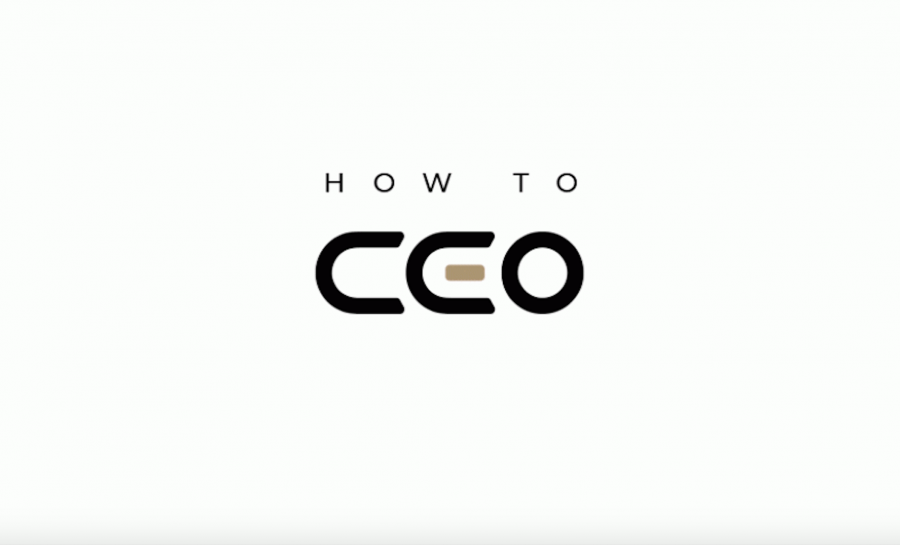On today’s How to CEO podcast, I had the opportunity to speak with marketing expert and storyteller, Chris Brogan. For Chris, success as a company is all about telling a story. And today, he spent time telling me why. Here’s what he had to say.
Why Is Storytelling Important to CEOs?
Chris pointed out that most people aren’t losing out on things we need. We’re just looking for the thing we want or the thing that does something better. And since we have seemingly infinite choices of brands, we’re spending more money with companies that align with our values, vision, and identity.
For instance, there’s Uber and there’s Lyft. Uber is the more-common name brand, but it’s had a lot of trouble with misogyny claims. So many people started choosing Lyft because they wanted to support a company that had a better record with women.
Another example: we could buy Nike, and we could buy Adidas. Nike has Colin Kaepernick, and he’s trying to fight for the rights of people against police brutality. For some people, that’s a stand, and there are those who now won’t buy Nike. So instead, some people go with Adidas, who’s stand is cleaning the oceans. They sold over 2 million pairs of shoes made out of ocean waste.
Yet another example is Chick-fil-A. They sell a chicken sandwich, and many people say it’s the best in the world. BUT, Chick-fil-A was also donating money to anti-LGBTQ causes, so many people stopped going to their restaurants. Then Popeyes came into the spotlight and said, “We love gay people, and here’s our chicken sandwich!” And its demand has been huge.
It’s Chris’s view that a CEO can’t just be thinking about building the minimum viable product anymore. When they’re out there raising, selling and marketing and they’re finally ready to deliver, the CEO’s story has to align with who they really are.
Stories aren’t merely nice-to-have, soft things. They’re the DNA transfer. Your company does many things, but a story has to move it. We think better in stories than in any other vessel of information.
How to Create A Story
Where a lot of CEOs go wrong is that they think about themselves when trying to come up with the story of their company. They ask, who are we, and what do we stand for? What are our colors, and what’s the best font for us?
That’s not a story.
A story needs to be a question of “Who are we to the people we serve?”
Chris gave me the example of YETI, who makes the YETI mugs, thermoses and camping gear. To Chris, the mugs say “you’re the kind of person who wants to get outside, who needs something rugged, and who loves the functionality of this product.” YETI products also say, “we’re more expensive than the competitor, but it works well and you’re going to brag for us.”
Chris told me he likes YETI because “they’re telling my story, not the mug’s story.” They’re saying “you’re the kind of person who…” So, the first part of the story, no matter what you sell, should start with that formula.
Your Story Should Show People They Belong
Also, Chris told me about the importance of making people see themselves in your story. People are tired of trying to “fit in.” We want to go where we feel we belong. Belong is way bigger than fitting in.
Fitting in is when we go to school and we don’t say the thing we want to say because we know we’re going to get made fun of. Fitting in is when we don’t tell our friends the types of music we really like even though we really it. This is why so many people dramatically change their lives in their 40s and 50s. It’s because we’re so sick of merely fitting in.
Make people feel like they can see themselves in your story. Show people that they belong in your story.
Testing Your Story
I asked Chris how we should test our stories to see if they’re understood by the audience. He told me that it’s similar to the way stand-up comedy works. To put it in Chris’s words, “You need to see nodding heads. If you’re talking and everyone is smiling politely, or looking at their phone as well, that’s not right.”
On the other hand, when heads are nodding, or better yet when people take their notebooks out, you know you’re resonating very well.
You won’t want to miss the rest of what Chris had to say, including other people he knows who are great at telling stories. Make sure to listen to this episode in its entirety.










